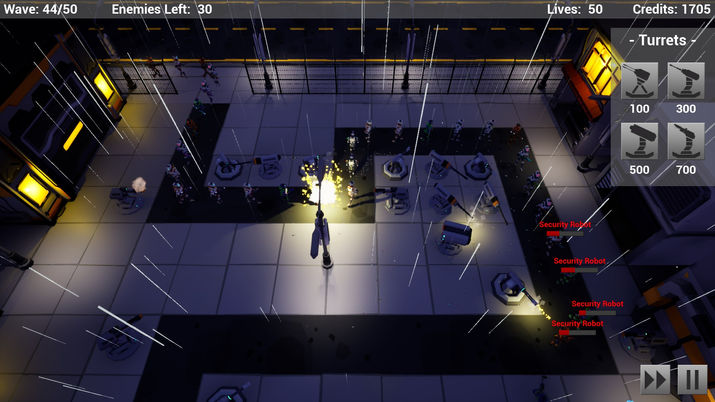
Syndicate Defence
Syndicate Defence is a futuristic tower defence game where you survive against waves of rival gang enemies in order to protect your headquarters. Syndicate Defence was made in Unreal Engine 4 for PC. This was a personal project undertaken to help me learn Unreal and finally overcome the barrier every Unity developer faces!
Syndicate Defence was my first personal project since completing my Master’s course. The purpose of the project was to finally climb the mountain of learning Unreal and reinforce my knowledge of C++. To show myself how far I had come in my gaming career, I decided to make a tower defence game, something I wasn’t too unfamiliar with. Total development time of this project was about 3 months.
Originally the plan was to make an open plan tower defence, where towers defined the path rather than a set path. This was to allow me to explore more in pathfinding with dynamic paths based on user placed objects. Sadly this was changed as the resulting game type didn't seem as fun to play, therefore it was refactored into a far simpler waypoint system.
Combat also proved to be far trickier than anticipated. In a bit of an unorthodox move, I decided to go ahead with a physics-based system where bullets, rockets and lasers were all simulated. This was odd as typically you would raycast things like bullets as they travel so quick, but as I had plans to add homing rockets which travelled slower, I was keen to keep everything under one system. This proved to be a bit more challenging than first thought as it meant all my turrets had to “lead” the target so that it hit them.
By far, the longest part of development and the most unexpected learning point for me was the defining of turret, unit, and wave stats. Creating these gave me a new-found appreciation and understanding for ‘game design’, specifically balancing. Attempting to balance turret fire rate & damage, with unit health & speed over 50 waves felt like jumping in the deep end. A solid month was spent making spreadsheets, tweaking values and play testing to find a suitable feel to the game.
Finally, after a complete game was in place, I decided to spend more time polishing the game and improving the look and feel. Here definitely made up for the tedious month of game balancing as this is where I built the world, added particle systems, made sound effects and best of all added ragdolls. The last thing I did however showed me how much you can make the game pop in a way it didn’t before. Rather than leaving it there, I tried to add a deeper feel to the game. I did this by moving away from the boring clear, bright and sunny look and instead opted for the dark, miserable rainy night scene. Even if on the nose of sci-fi city stereotypes, it clearly works!




